SHARE
Innovation Engineering: 12 groundbreaking projects
In this article, you can find a compilation of 12 innovation engineering projects not only in some traditional sectors such as Construction or Energy but also in new product design and sustainability. In addition we suggest to visit our open innovation page and check out other projects solved by ennomotive engineering community.
Innovation Engineering Projects
1. Train tracks that float
Railway tracks are complex structures with important geometrical (curvature and gradient) requirements and are very sensitive to ground movements such as vibrations or earthquakes.
This is the big challenge that faced Sound Transit’s new project. On this East Link Bridge—which will be completed in 2023—steel platforms and flexible bearings will let light-rail tracks stay in line. By 2030, 50,000 commuters a day will ride 148,000-pound trains at full speed across the water from Seattle to Mercer Island, Washington.

2. Hywind Scotland, the first floating wind farm
This is one of the projects projects in the offshore wind sector, which today is a clear trend. Five turbines bob in the nearly 400-foot-deep waters off the coast of Scotland, generating enough power to meet the needs of around 20,000 homes.
This floating-wind-farm project is close to the cost, but the design means that turbines could one day live farther out to sea, where the winds are stronger—and the farms are less visible from land. That’s a win-win for people who like clean energy but want to keep their sweet ocean view. Take a look here if you want to know more about this project.

3. A translucent roof that closes like a camera
Eight 500-ton steel-boned “petals” sit above the main seating bowl in Atlanta’s newest stadium. Covered in a durable translucent fabric, the petals unfurl 200 feet over the field, shielding fans and players from inclement weather, opening or shutting like a camera aperture in as quick as nine minutes.
Take a look at this video and watch the petals in motion!

4. AquaRefining: A clean way to recycle lead
Lead-acid batteries help you start your car. They back up server farms and are 100 percent recyclable. But the hot process of smelting old lead into new batteries is fossil-fueled and dirty.
Aqua Metals’ new AquaRefining method dissolves the Pb using a room-temperature electrochemical system that’s free of smelting’s harmful emissions. It also produces purer, higher-quality lead than traditional methods.
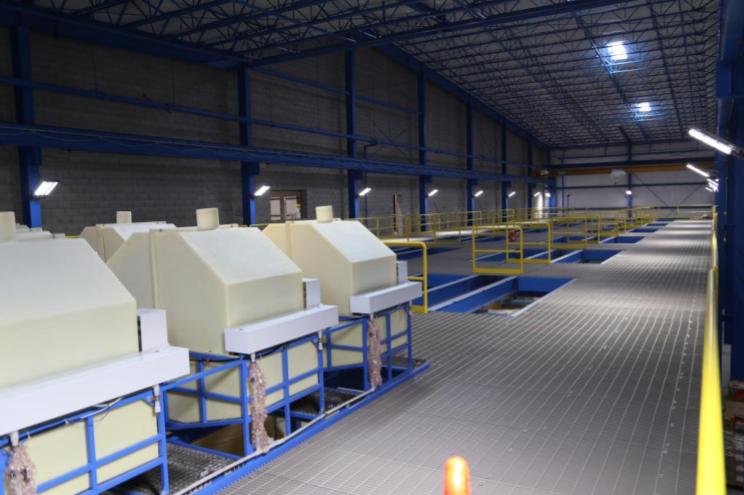
5. Solar balloons
The company Cool Earth discovered that solar panels only generate a minimum portion of the potential amount of energy that can be obtained. For this reason, they decided to modify the structure of their solar panels by creating solar balloons.
These balloons have an inflatable plastic container that keeps the light in and directs it to the solar panel, thus generating more energy. A first project is under construction and it is estimated that, with this method, a panel will generate 400 times the power of a regular one.
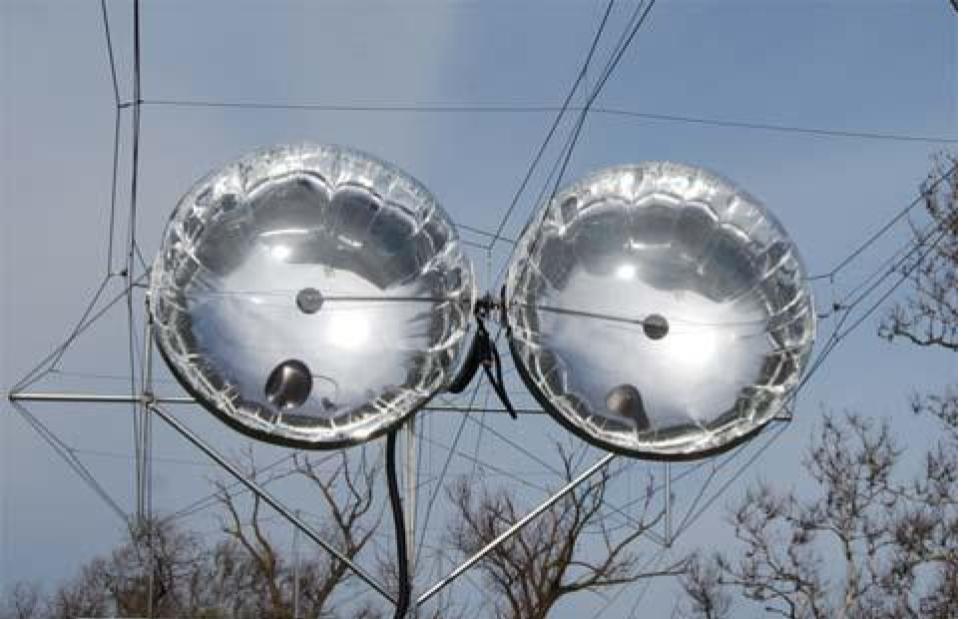
6. The Aurora Transportable Renewable Electricity Generation System
The Aurora project is a real mobile and autonomous electric power generation unit, based on the hybridization of renewable energy sources, designed for hard-to-reach corners of the world that do not have running water or electricity.
It is capable of taking the electricity supply almost anywhere, through a system packaged in a sea container and quickly deployed. The system has an installed power of 30kWp, although it can reach a total of 100 kWp. To produce energy, Aurora has a wind turbine and photovoltaic solar panels. In addition, it is equipped with a battery system to store energy.
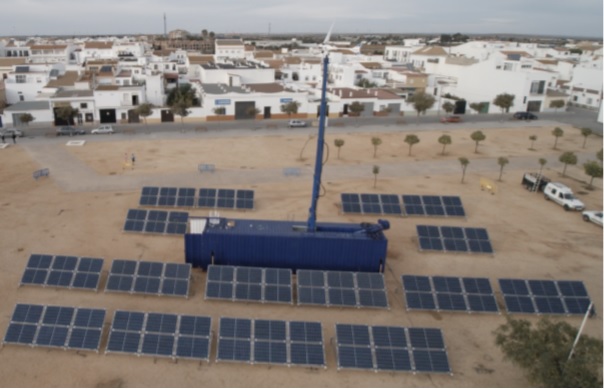
Did you know about these amazing innovation engineering innovations?
Join our engineering website to know many others
7. Turning humid air into drinking water
Lack of water in certain parts of the world is an enormous problem and the ongoing abuse of this this natural resource has made the situation even worse. For this reason, Water Gen was born, providing a solution to this problem with an electricity-powered device that transforms air humidity into drinking water.
Air enters the Water Gen water generator to be fully filtered and cleaned, eliminating dirt and dust. Then this air goes to the heat GENius exchanger and through a cooling process, hence condensation and water. Then water is channeled through a multi-stage filtering system that eliminates impurities, adds minerals, and keeps a fresh taste all the healthy qualities.
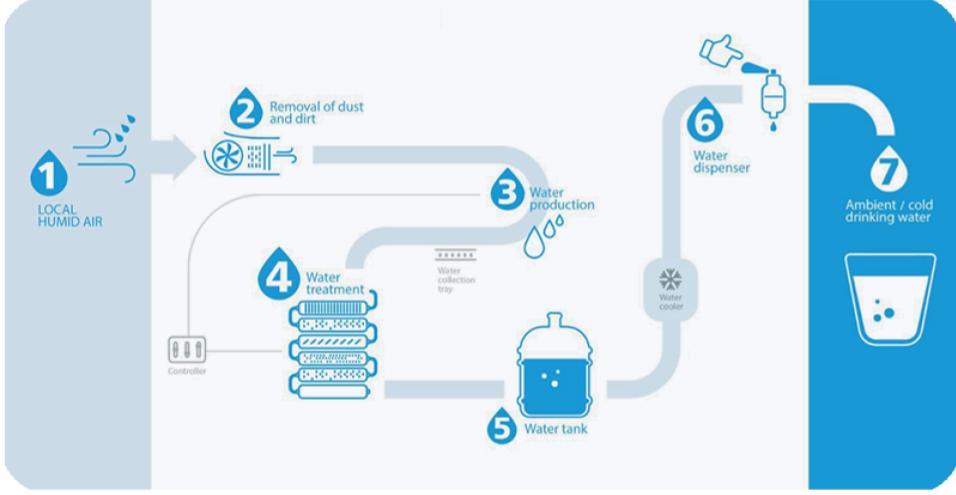
8. The construction of the hydroelectric ‘gigabattery’ in Portugal
The Tâmega hydroelectric complex, in northern Portugal, involves the construction of three dams and three power plants (Gouvães, Daivões and Alto Tâmega), whose combined capacity amounts to 1,158 megawatts (MW), which is enough to meet the electricity consumption of almost 300,000 homes.
Of these, 880 MW are pumped. The system has a storage capacity of 20GWh and will have an annual production of 1,760 GWh. The planned investment is 1,500 million euros.
The storage provided by hydroelectric pumping technology is key to guaranteeing the stability of the electrical system in the face of the intermittence of other renewable energy sources, such as wind or solar photovoltaic.
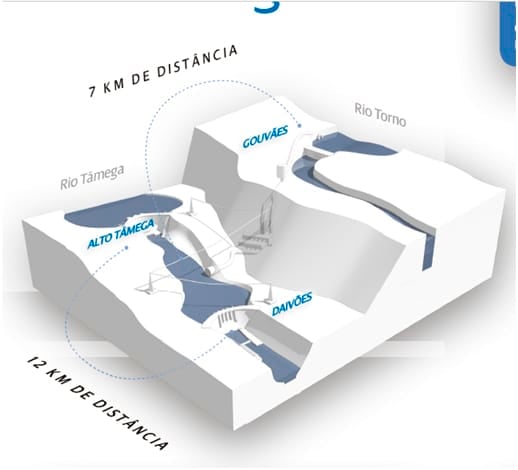
9. 3D printed prostheses for abdominal fistulas
Due to the scarcity of the fistula and the 3D bio-printing, manufacturing personalized prostheses allows there to be a treatment with total precision as well as the possibility to specifically measure the patients fistula in the abdominal wall.
For this, a 3D bio printer has been incorporated into the operating rooms, together with the portable scanner and two engineers who operate them. It also includes standard and self-developed software.
Due to it being located within the operating rooms, everything is done on site, and process times and errors are minimized.
The personalized design of 'Astarté' has already been applied successfully and has been able to do the following: improve patient comfort, avoid complications, promote wound healing and reduce overall healing time.

10. Superconductive materials
Superconductivity is a quality of some materials that let electricity flow without resistance, with a 100 efficiency. This can be achieved generally at very low temperatures, the former record had been set at -73º C, a very difficult and costly temperature to keep.
On the 23rd of May of 2019, this temperature record was broken by a team of scientists from the University of Chicago, who managed to activate superconductivity at -23º C, a great achievement for this kind of technology. This could mark the beginning of a new era for superconductivity, which may have an enormous impact in today's world: electric wires without decreasing currents, extremely fast supercomputers, ultra-efficient electric engines, and maglev trains would be some inventions superconductivity may provide.
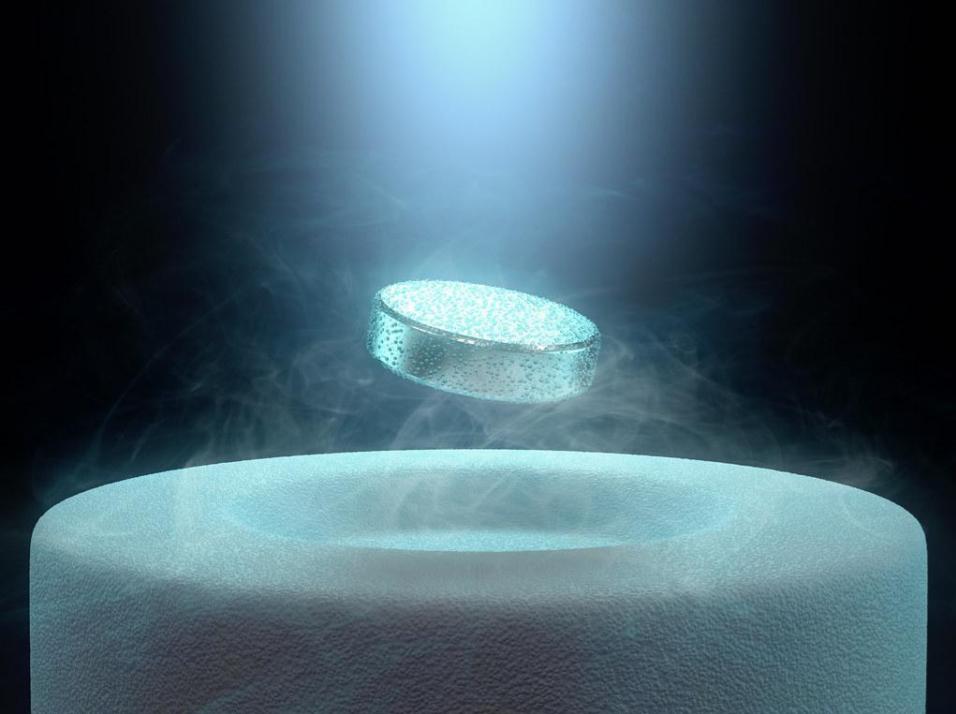
11. Foldable solar mat
This is Rapid Roll, a foldable solar mat that delivers power almost anywhere.
Measuring 5 to 10 m in width and up to 200 m in length, Rapid Roll can deliver electric power in the most remote and difficult-to-access areas. Besides, by linking several modules together, Rapid Roll could conceivably deliver industrial-scale electrical power.
A Rapid Roll solar field deploys from a small trailer in 3 minutes enough power for commercial applications such as disaster relief, military, mining, events and festivals, or agriculture.

Source: Renovagen
12. Offshore wind energy kite
Makani is developing energy kites that use a wing tethered to a ground station to efficiently harness energy from the wind, generating electricity at utility-scale. As the kite flies autonomously in loops, rotors on the wing spin as the wind moves through them, generating electricity that is sent down the tether to the grid.
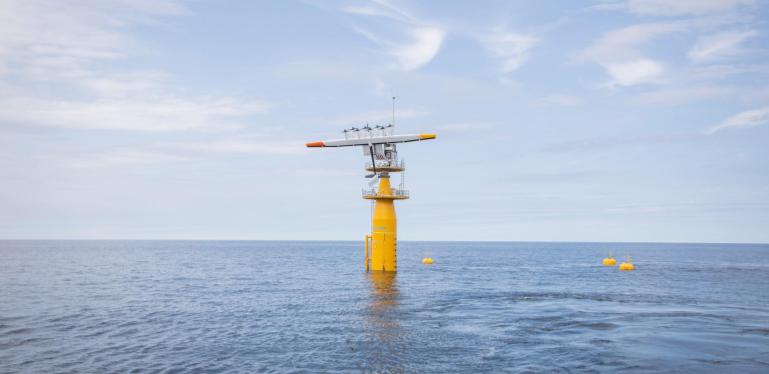
Source: Makani
Share your thoughts with us and explore what else ennomotive has to offer you.
